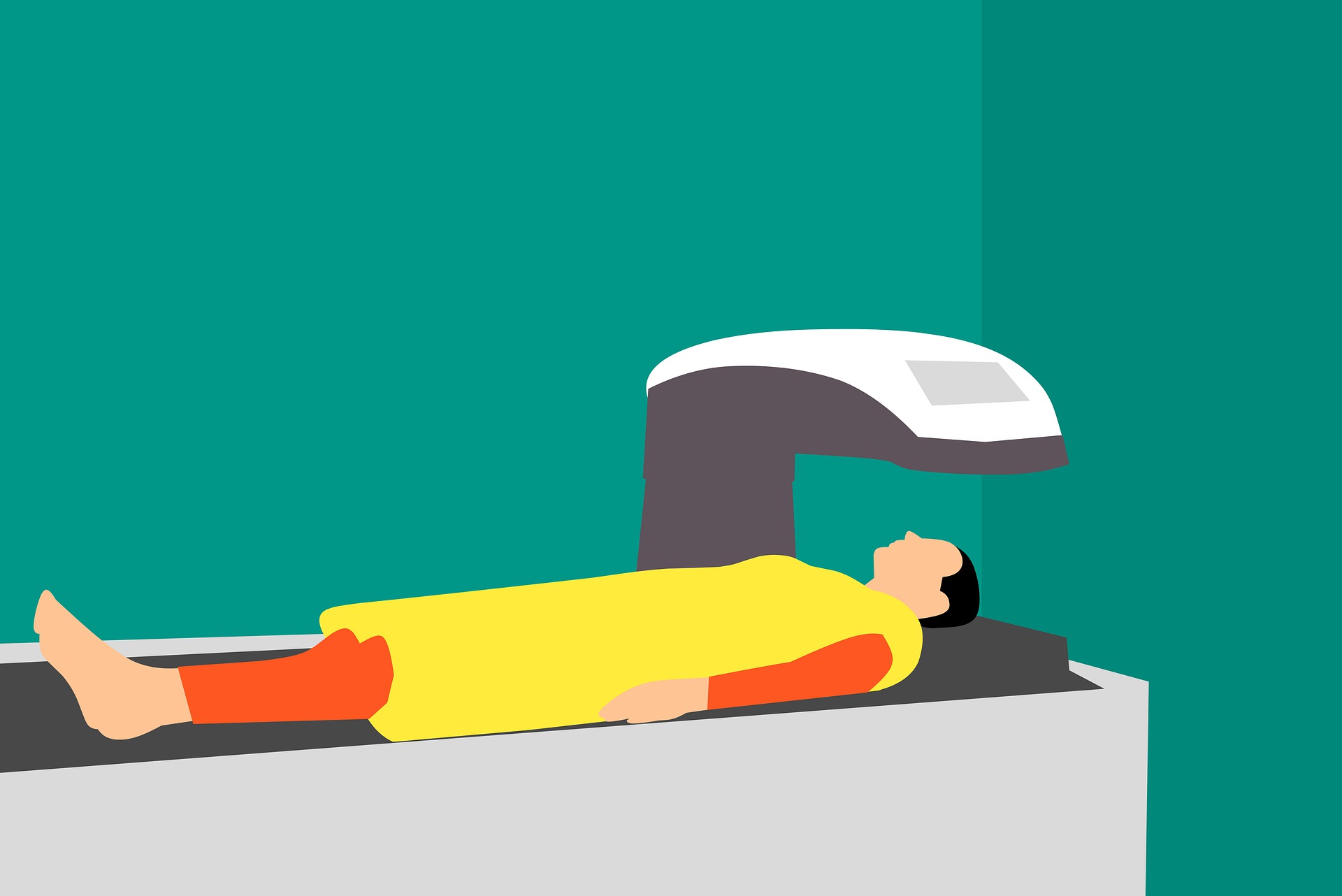Thanks to the dedicated efforts of Gravity Project’s community members, volunteers, and staff, we made significant progress in advancing standards for Social Determinants of Health (SDOH) in 2024 that will shape the future of health data sharing.
Key Achievements
Gravity focuses on developing consensus-based standards that enhance data interoperability for SDOH. Our terminology, technical, and implementation workstreams all made notable progress in 2024 that we can leverage this year. We provided valuable resources and guidance to help implementers adopt Gravity terminology effectively.
One of our standout initiatives was a six-week discovery project in February 2024, where over 20 cross-sector stakeholders collaborated to explore social care payment and reporting standards. This effort not only resulted in a comprehensive report but also fostered a deeper understanding of the landscape surrounding social care.






